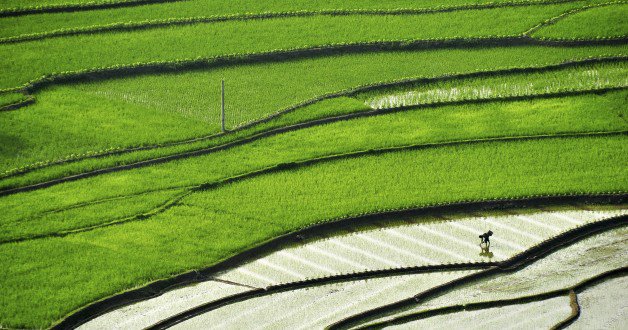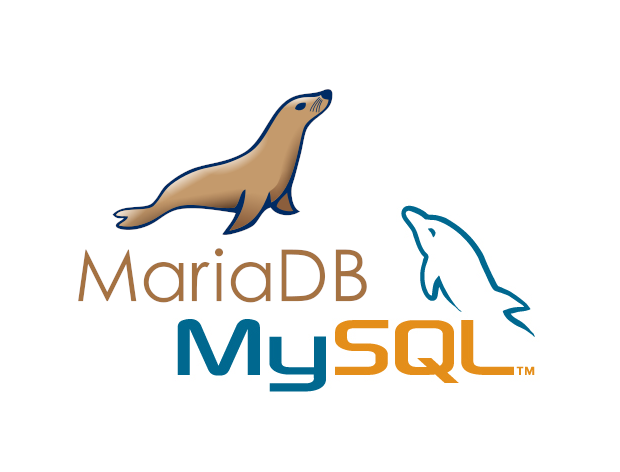Achieving food and nutrition security today and for a world population that will number more than 9 billion and be 70% urbanized by 2050 is a key global challenge. According to the Food and Agricultural Organization, current global trends in incomes, diets and population growth suggest that 60% more food will be needed in 2050. The evidence points to this being achievable, but there are some increasingly urgent pressure points in the system that must be addressed, including depleting water tables, climate change, inadequate infrastructure and reductions in land availability, largely as a result of soil degradation.
I am an optimist: I have seen how the global food system has transformed over time to respond to population growth and societal needs. In the last 150 years, changes in this system have enabled us to feed a population that has grown from just over 1 billion in 1850 to 2.2 billion in 1940 and 7.2 billion in 2013. Food production soared during this period while the supply of edible food to the consumer underwent significant technological and distributional advances.
But there are still huge challenges, most notably the persistence of hunger and the scale of food that is wasted. Post-harvest losses and waste account for up to 50% of total calories available from farm to fork. Nonetheless, I am confident that the required solutions to address the food and nutrition security challenge can be found.
Sustainable agriculture
The sustainable development of agriculture has to be a central pillar in this endeavour. All actors in the food value chain, starting with farmers, must be involved.
For its part, the food industry can play a significant role. After all, the industry depends for its very existence on the reliable and sustainable provision of high-quality agricultural raw materials. While not directly involved in agriculture per se, the Nestlé approach is to seek to provide a robust framework for farmer livelihood and community development. In this respect, the importance of generating higher and more reliable incomes for farmers, notably smallholder farmers, cannot be overemphasised. We need to ensure that farming remains attractive for the next generation and thus that it is a sustainable and profitable activity. We need likewise to ensure that the rural communities in which farmers live remain vibrant and provide the necessary opportunities for economic and social development. Investing in rural education and focusing on the creation of job opportunities for rural populations through, for example, a decentralised manufacturing strategy, are some key elements.
At the same time, we must not forget the broad framework that conditions the development of sustainable agriculture, be this at the national or the international level. At the national level, open markets, relevant education programmes, higher infrastructure investment and appropriate legal frameworks, such as land rights, are needed. At the international level, the global trade regime must be appropriately designed and aligned. The science of agriculture matters too and here we need an objective multistakeholder discussion to allow us to harness innovations and new technologies appropriately.
Working together to achieve food security
Finally, we must remember that there are several dimensions to food security. Producing the necessary quantity of food is just one; the quality of food, in terms of nutrition, matters greatly, as does affordability, access and safety, while sustainability must underlie all these. Nestlé sees this as the need to move towards an efficient nutrition system. The complexity involved necessarily implies trade-offs and the participation of all stakeholders is crucial to address these trade-offs in the best way possible. The development of sustainable agriculture for food and nutrition security will thus require that all actors in the food system come together.
Governments must take the lead in creating the enabling environment within which farmers and other actors can deliver. They must ensure that all policy areas, including trade, education, finance and health, are involved and aligned. Market-based approaches must be prioritised as the only proven way to ensure long-term viability. The private sector must focus on bringing in investment and developing new technologies and other innovations, as well as delivering greater efficiencies where possible. And farmers must be front and centre of the picture.
A new vision for agriculture
The kind of multistakeholder approach that is needed is exemplified in the World Economic Forum’s New Vision for Agriculture initiative. This is helping crystallise common goals and interests across all the actors in the agricultural space and driving the establishment of coherent and action-oriented partnerships and commitments that are already yielding results. In many ways, it is putting agriculture back on policy agendas as a priority issue. This is vital.
As I noted at the outset, I am an optimist. That said, the transformation that took place in the food system last century did not happen by itself; it was the result of human ingenuity, action and collaboration. It is thus incumbent on current leaders from government, industry and civil society, many of whom are this year’s Annual Meeting, to take a strategic and global perspective on food and nutrition security and start putting the building blocks in place that will enable the global food system to sustainably meet society’s requirements in 2050.
Author: Paul Bulcke, Chief Executive Officer, Nestlé.
Ref: WeForum




